Digital Designs: The Best Wavetable Synthesizers
Wavetable synths for studio and stage
Wavetable synthesis has recently made an impressive comeback. After spending decades in the shadow of analog and virtual-analog synthesis, the versatile digital synthesis technique is suddenly incredibly popular again, as proven by many of the best wavetable synthesizers available today.
Which are the Best Wavetable Synthesizers?
For a long time, it looked like no other form of synthesis could match the popularity of analog synthesizers. Analog was the magic formula that promised warm and punchy sounds straight from the golden age of synthesis.
With the exception of large workstations like the Korg Kronos, Yamaha Montage, and Roland Fantom, which continue to be popular, especially among live performers, hardly anyone seemed to care about digital hardware synths, which seemed tainted by distant memories of the gray nineties.
However, we all know that history tends to repeat itself. As a result of renewed interest in the sounds of the 80s and 90s, the characteristic synthesis techniques of that era made a comeback, too. The dominance of affordable analog synths in the last decade or so may also have sparked a desire for something new and exciting – just like in the 80s.
Besides FM and lo-fi sampling, that led to a resurgence of wavetable synthesizers, which had helped to shape the sound of 80s new wave and 90s techno with instruments like the PPG Wave and Waldorf Microwave.
And that’s great, because those techniques deliver sounds that are difficult or impossible to achieve using analog synthesis – which was the reason for their development in the first place.
The Best Wavetable Synthesizers: Wavetable Synthesis Returns
If you’d like to have as many creative options as possible, investing in at least one wavetable synth in addition to your analog and virtual analog synths is a great idea.
Luckily, the selection is bigger than ever. Along with traditional names like Waldorf and KORG, our list includes a few younger manufacturers, which played a big part in pushing the envelope and putting a new spin on the synthesis technique.
And if there’s one obvious improvement in comparison with yesterday’s synths, it’s this: Modern wavetable synths are for the most part much easier to use and much more intuitive than their ancestors from the 80s and 90s.
In this list, we’ve compiled the best wavetable synthesizers available today. It should be noted that we’ve skipped synths that offer wavetables only as a minor addition to other synthesis techniques.
We’ve also left out software synths, but that doesn’t mean that there aren’t any interesting wavetable-based software options available. In fact, the opposite is true, but we’ll save those for another list.
The Best Wavetable Synthesizers: Groove Synthesis 3rd Wave
Developed by a team of enthusiastic engineers and designers with a strong background in synth development, the Groove Synthesis 3rd Wave is a truly impressive instrument and without a doubt one of the best wavetable synthesizers available today. What struck me most when I reviewed it a couple of years ago was how stunningly musical it sounded and what a joy it was to use.
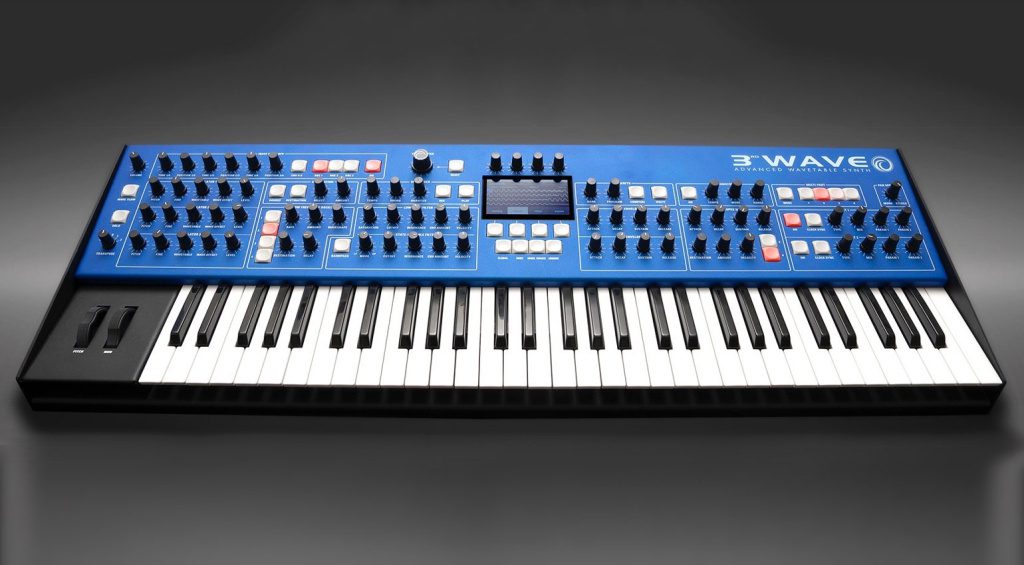
The 3rd Wave obviously pays homage to the classic PPG Wave. It’s even in the name: After the original PPG from the early 80s and the Waldorf Wave from the early 90s, it’s meant to be the “3rd Wave”, or what Groove Synthesis envisioned the synth would look like if PPG was still in business today. That’s why they didn’t merely copy the original, leaving that up to Behringer, and instead expanded on the original concept by implementing lots of new ideas and improvements.
With four parts, 24 voices, three oscillators per voice, dual filters (analog lowpass, digital state-variable), four envelopes and LFOs each, a versatile modulation matrix, a powerful sequencer, and digital FX, the 3rd Wave has all the ingredients for some seriously lush sounds. In addition to the original 8-bit wavetables of the PPG era, it includes a large selection of carefully curated high-resolution wavetables and even virtual-analog waveforms. You can also make your own wavetables using the onboard Wavemaker tool. Despite all this power, the 3rd Wave very easy to use thanks to the well-thought-out user interface. Yes, it’s expensive, but it’s truly a dream synth that rewards players with an impeccable sound and almost limitless sound design possibilities.
The keyboard and desktop variants of the Groove Synthesis 3rd Wave are available at Thomann*.

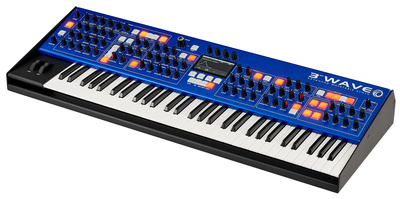

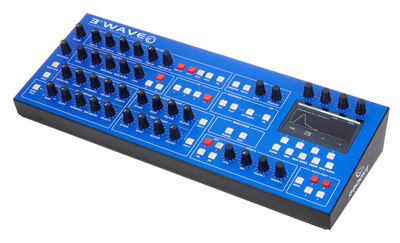
The Best Wavetable Synthesizers: Waldorf M
It’s impossible to talk about the best wavetable synthesizers without mentioning Waldorf. The German manufacturer is associated with the technique like no other company and gave us classic synths like the Wave, Microwave, and Microwave XT.
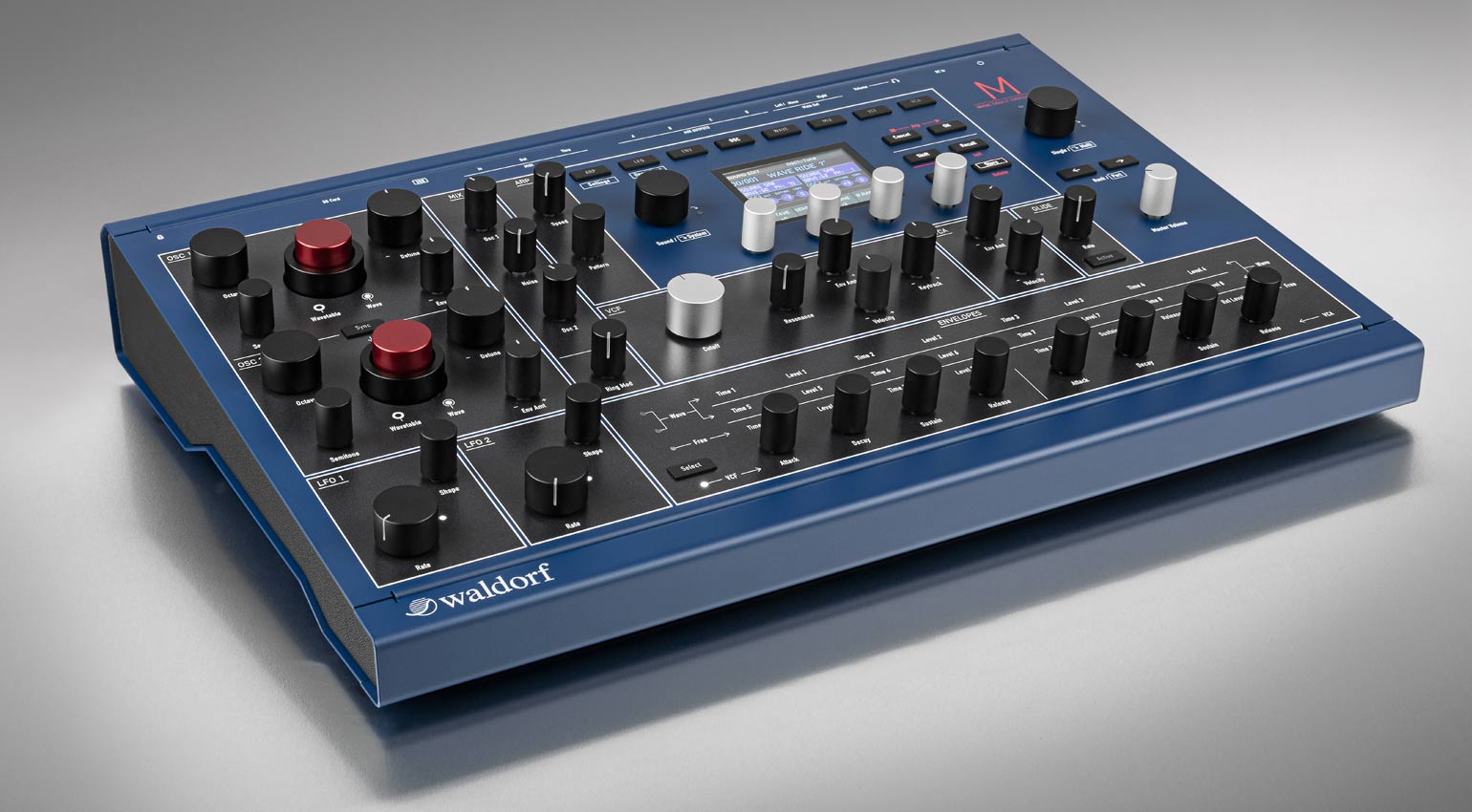
The M is Waldorf’s modern take on the legendary Microwave in a contemporary desktop format and with a much-improved user interface.
Classic wavetables from the Microwave I and II meet analog filters and VCAs, four versatile envelopes, and two LFOs. The M is compatible with Microwave I sound data and can load user wavetables.
The Waldorf M is available at Thomann*.

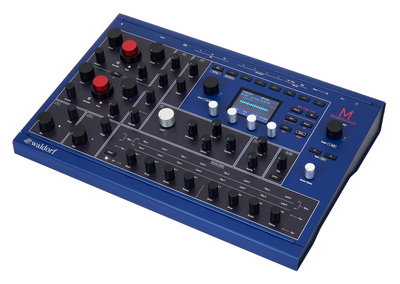
The Best Wavetable Synthesizers: KORG modwave mkII
In Korg’s trio of compact digital synths, the modwave mkII handles the wavetable part. The 60-voice synthesizer offers two wavetable oscillators with more than 200 wavetables, along with a multi-mode filter with 12 different filter types and a huge modulation engine.
There’s an abundance of ways to creatively morph and shape wavetables in real-time. Moreover, features like KAOSS Physics and Motion Sequencing 2.0 help to create movement and allow for intuitive control. There’s even a software editor that lets you load your own samples and wavetables.
In addition to the 37-key keyboard version, the modwave is available as a desktop module. And if you prefer to work in the box, you can also get the modwave as a software synth.
The Korg modwave is available at Thomann*.

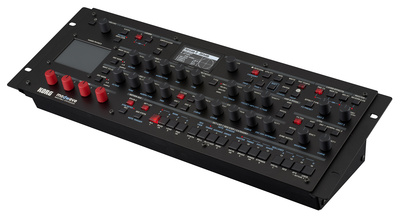


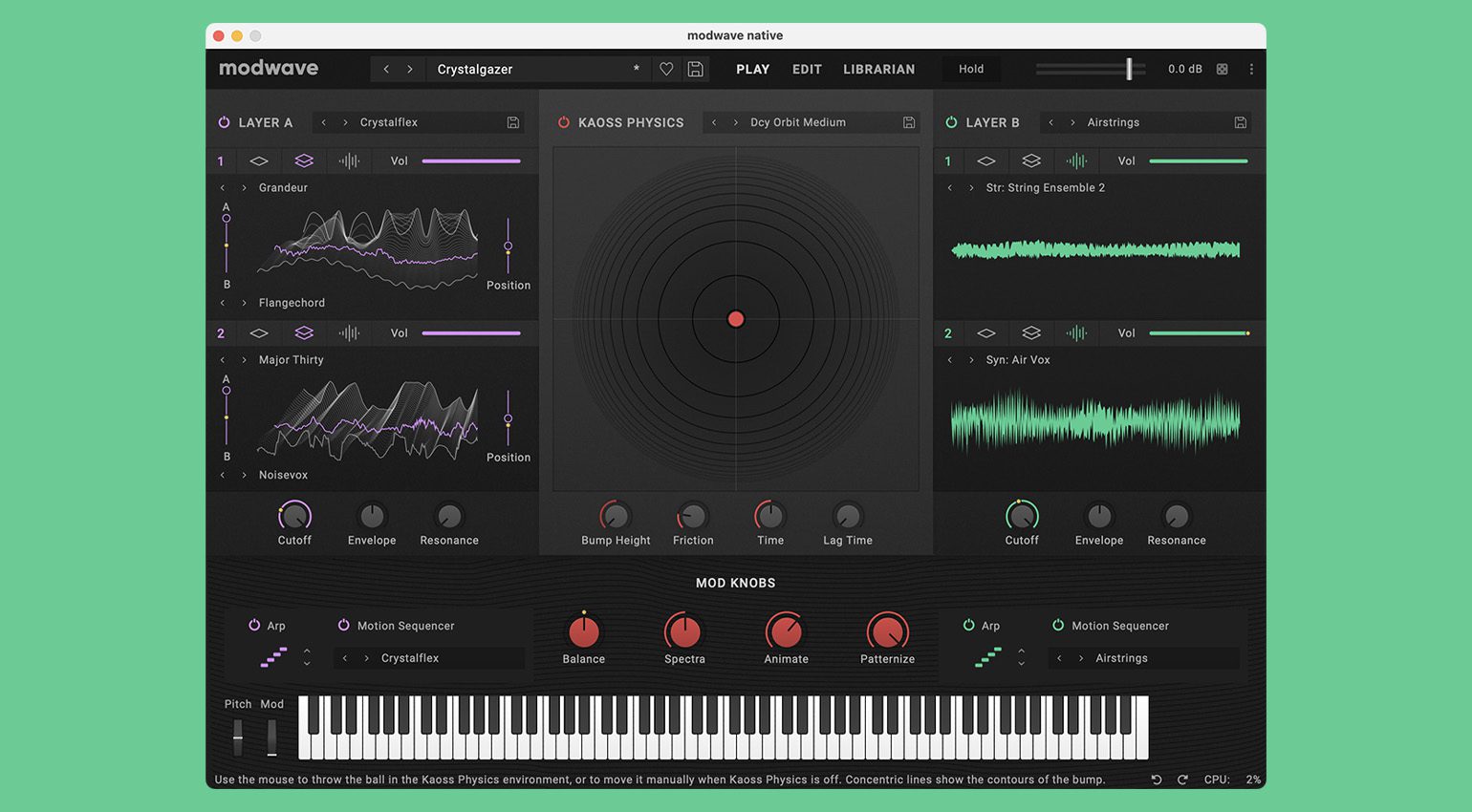
The Best Wavetable Synthesizers: ASM Hydrasynth
Ashun Sound Machines (ASM) is a young manufacturer that turned its vision of a modern wavetable synth into reality with the 8-voice Hydrasynth.
The sound engine boasts three oscillators per voice (two with wave morphing), complex waveshaping capabilities, two versatile filters with flexible routing, and no less than five (!) envelopes and LFOs each.
Despite the abundance of possibilities, the Hydrasynth features a pretty straightforward user interface that provides quick access to most parameters. There’s also a huge modulation matrix, flexible macro controls, and, last but not least, polyphonic aftertouch.
In addition to the standard version with 49 keys, ASM makes a desktop module, the bigger Hydrasynth Deluxe with 73 keys and twice the voices, and the compact Hydrasynth Explorer.
Various versions of the Hydrasynth are available at Thomann*.

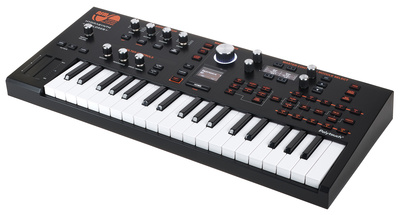



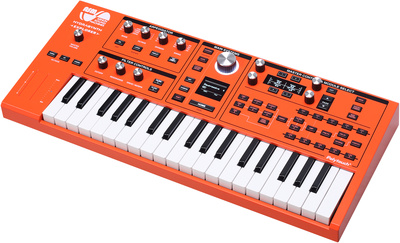
The Best Wavetable Synthesizers: Modal Electronics Argon8
Like the Hydrasynth, which appeared around the same time, the Modal Electronics Argon8 stands for a new generation of wavetable synths.
With four wavetable oscillators per voice, 32 wavetable modifiers and extensive modulation capabilities, it absolutely offers all the tools for creative sound design.

It’s also got state-variable filters with four different types, three envelopes, two LFOs, and a polyphonic sequencer with four tracks for recording knob movements.
With MPE compatibility and optional remote control via the Modal app, the comparatively inexpensive Argon8 represents a great value. Besides the 37-key standard version, Modal makes the Argon8X with 61 keys and the Argon8M desktop module.
The Modal Electronics Argon8 family is available at Thomann*.



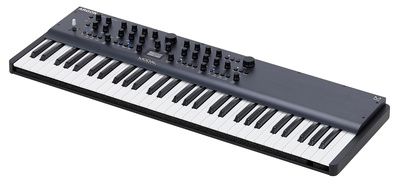

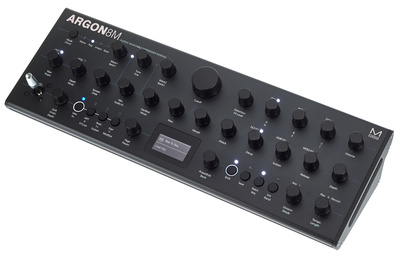
The Best Wavetable Synthesizers: Waldorf Iridium
Calling the Waldorf Iridium a wavetable synth doesn’t really do it justice. That’s because it offers a bunch of other synthesis techniques besides wavetables: virtual-analog waveforms, granular sampling, resonator, and kernel synthesis. But coming from Waldorf, it does wavetables so well that it clearly deserves to be mentioned as one of the best wavetable synthesizers in 2025.
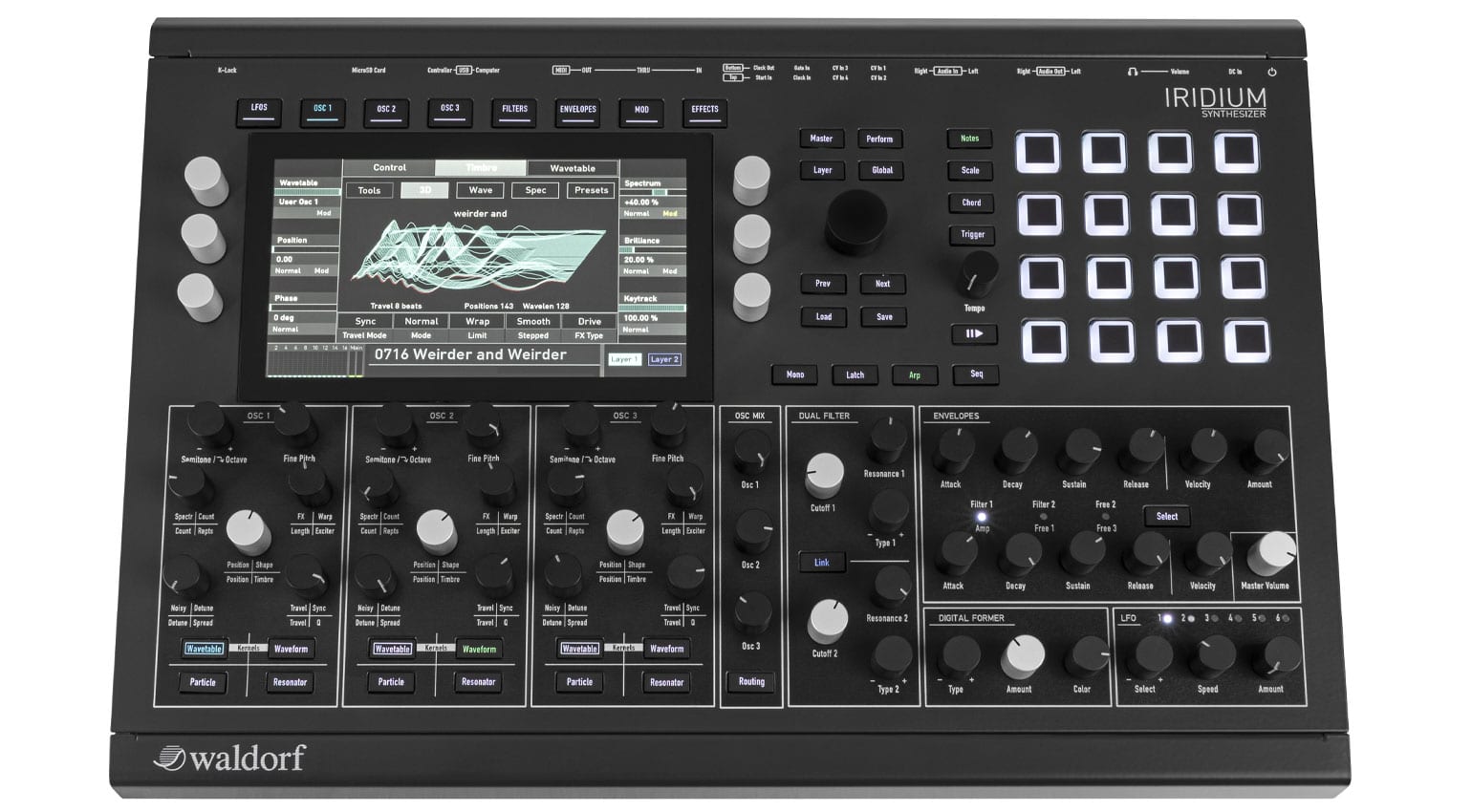
For further sound shaping, it’s equipped with two digital stereo filters, six envelopes, six LFOs, and a modulation matrix with 40 slots. Altogether, this means that the Iridium is capable of an impressive range of sounds. A large touchscreen and a good amount of knobs help to keep things manageable.
In addition to the 16-voice desktop and keyboard variants, Waldorf makes the compact Iridium Core. This version boasts the same sound engine but offers fewer voices (12) and a streamlined user interface with fewer knobs and more focus on the touch display.
The Waldorf Iridium, Iridium Keyboard, and Iridium Core are available at Thomann*.



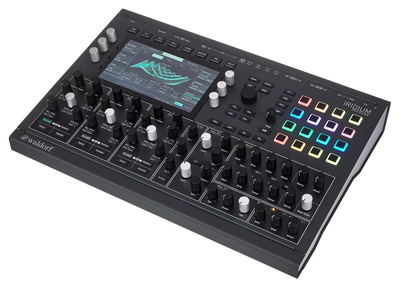

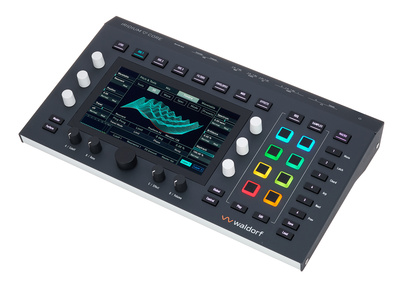
The Best Wavetable Synthesizers: 1010music nanobox fireball
The 1010music nanobox fireball is by far the smallest synth on this list. However, that doesn’t mean that it doesn’t pack some impressive features and deserves a mention among the best wavetable synthesizers.

In addition to two wavetable oscillators, the pocket-sized synth offers a third oscillator with standard waveforms and two filters, LFOs and envelopes each. It’s also got a versatile modulation sequencer and integrated effects.
You can even load your own wavetables onto the microSD card. If you’re looking for a powerful and great-sounding wavetable synth for on the go, the nanobox fireball has got you covered.
The 1010music nanobox fireball is available at Thomann*.

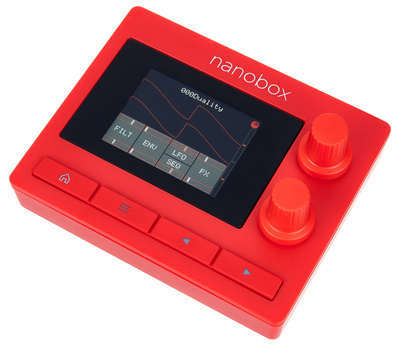
The Best Wavetable Synthesizers: Waldorf Quantum MK2
Like the Iridium, the Waldorf Quantum offers versatile digital oscillators with no less than five different forms of synthesis.
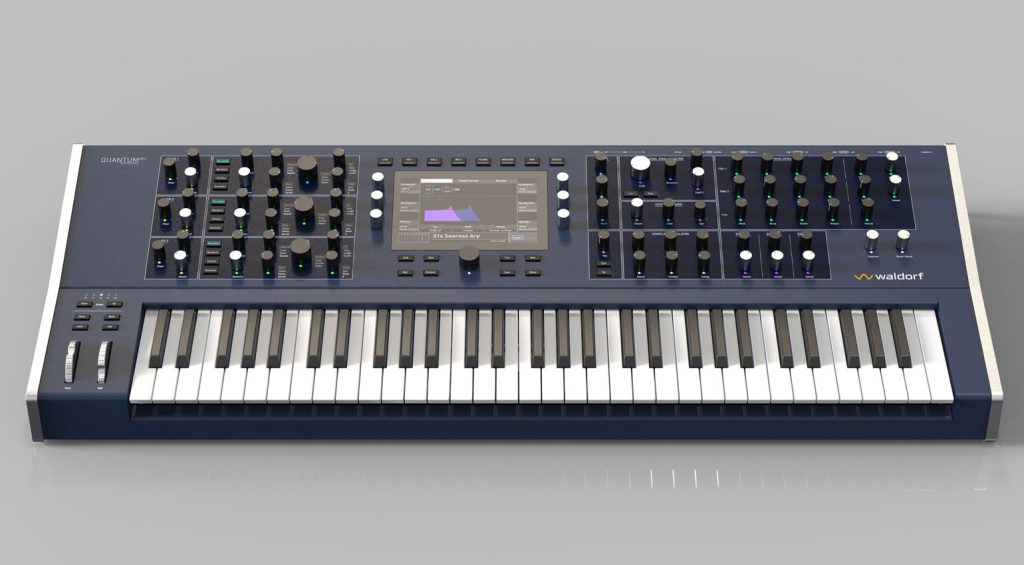
In addition to wavetables, the synth is capable of virtual analog synthesis, granular sampling and resonator and kernel synthesis techniques. Contrary to the Iridium, however, the Quantum is a hybrid synth with analog filters.
Waldorf clearly didn’t skimp on anything when they created this impressive instrument. This means that the Quantum carries a hefty price tag – second only to the 3rd Wave on this list –, but you’ll get an instrument that leaves nothing to be desired and offers sound designers almost limitless possibilities.
The Waldorf Quantum is available at Thomann*.


The Best Wavetable Synthesizers: Waldorf Blofeld
Amazingly, the Waldorf Blofeld has been around for 17 years now. While that isn’t quite as long as the Microkorg, it’s certainly an impressive achievement that earns the Blofeld a spot on the list of the best-selling synths of all time.
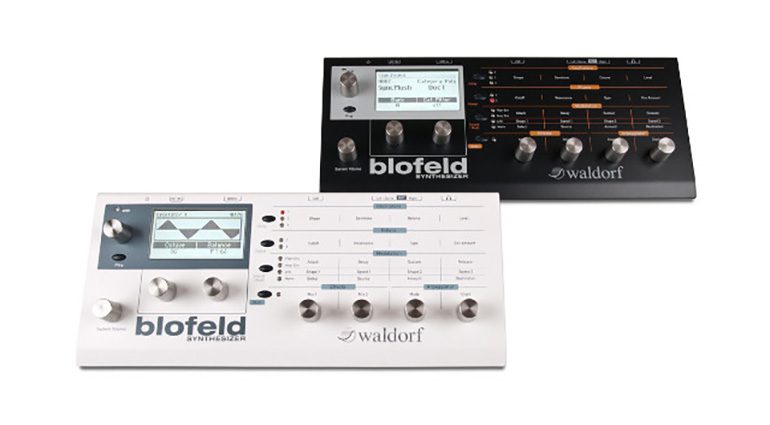
The Blofeld isn’t a pure wavetable synth, as it also offers virtual analog synthesis. But it includes the original wavetables from the Waldorf Wave, Microwave II, and XT, which is why it’s still one of the best wavetable synthesizers, even after all those years.
Besides the wavetables, it inherited the matrix interface from the Microwave, which isn’t everyone’s cup of tea. Overall, the M is the more modern and contemporary synth. But the Blofeld still holds its own as a compact desktop synth capable of a wide range of sounds.
The Waldorf Blofeld and Blofeld Keyboard are available at Thomann*.

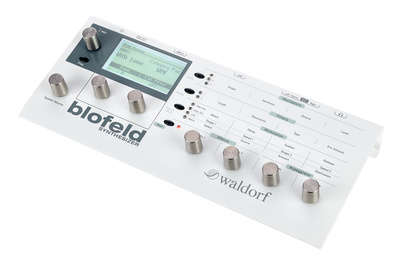

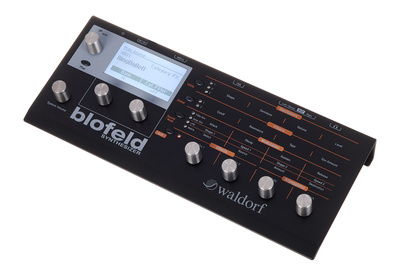



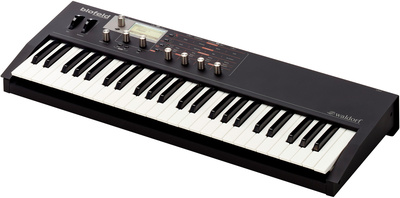
More about the Best Wavetable Synthesizers:
- All about Wavetable Synths
- More Digital Synths
*This post about the best wavetable synthesizers contains affiliate links and/or widgets. When you buy a product via our affiliate partner, we receive a small commission that helps support what we do. Don’t worry, you pay the same price. Thanks for your support!
8 responses to “Digital Designs: The Best Wavetable Synthesizers”


 4,4 / 5,0 |
4,4 / 5,0 | 


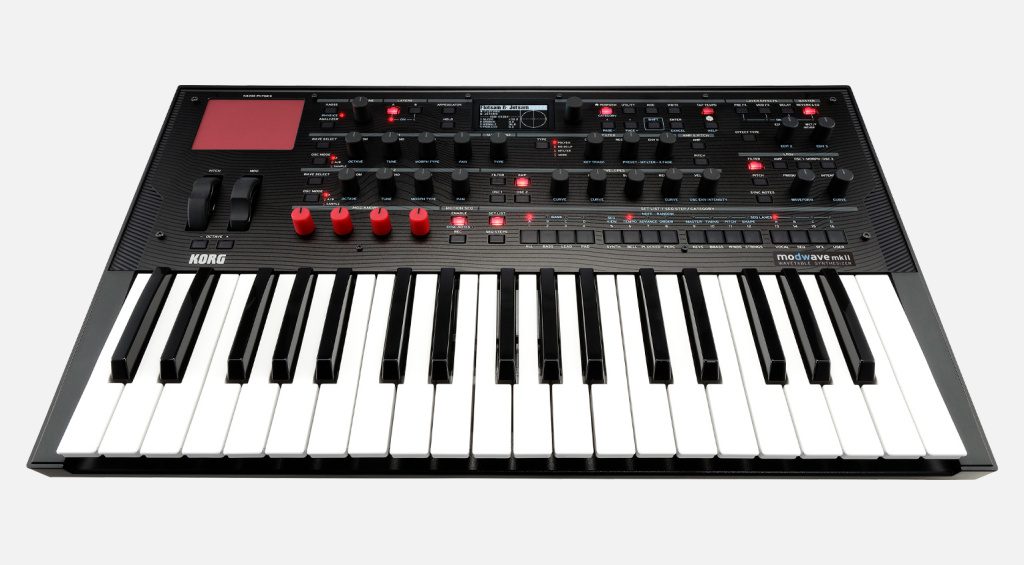

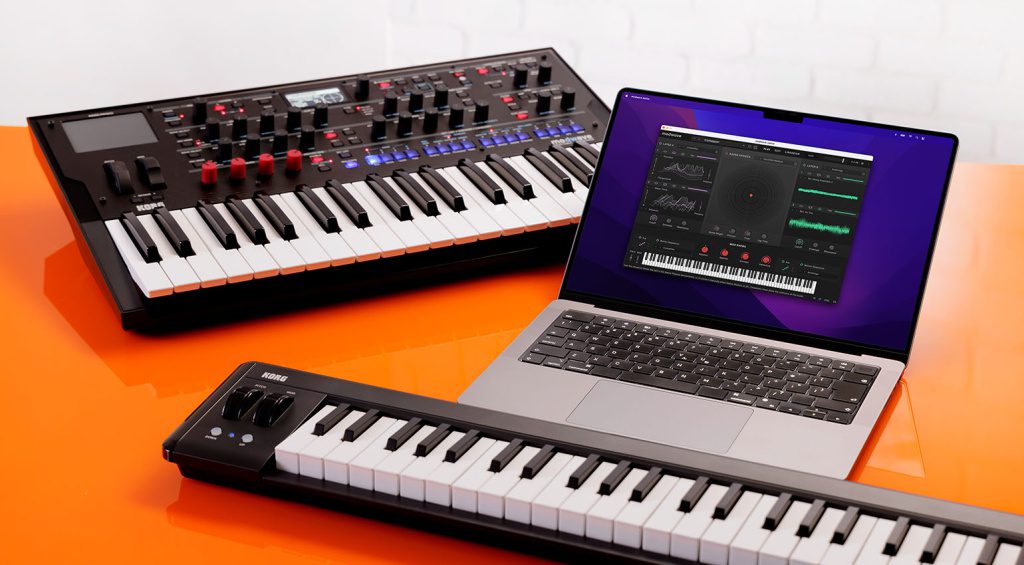

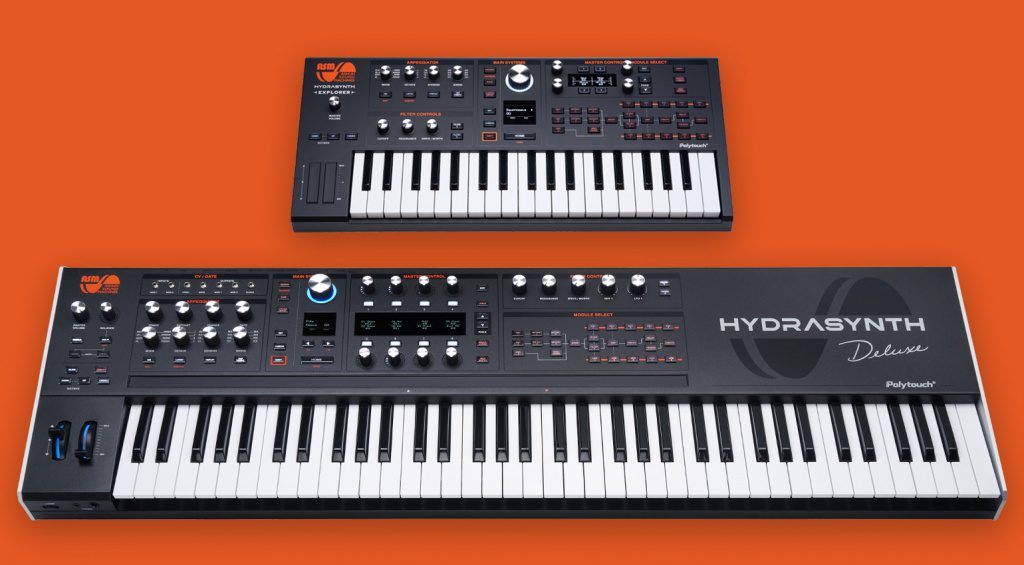
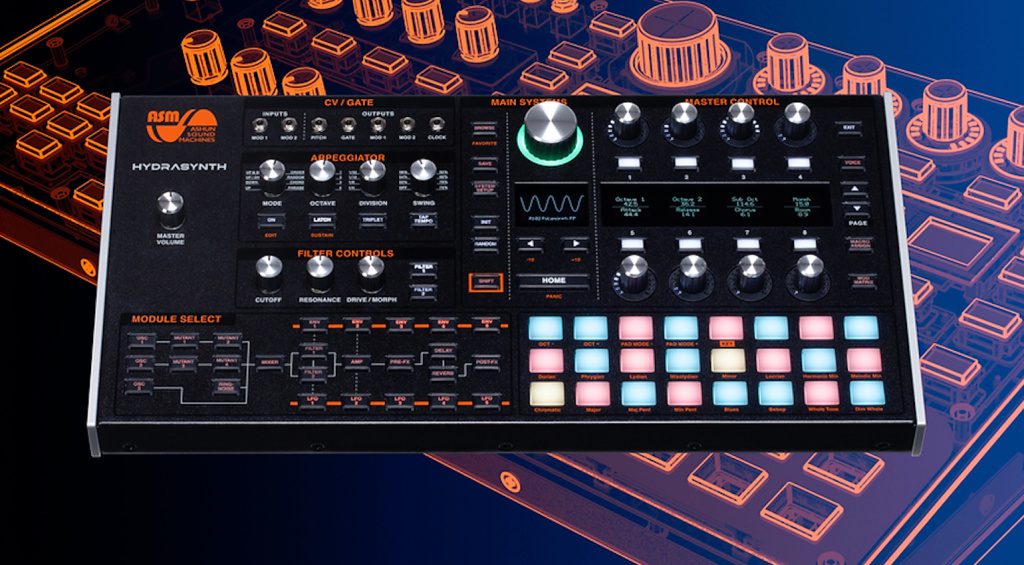
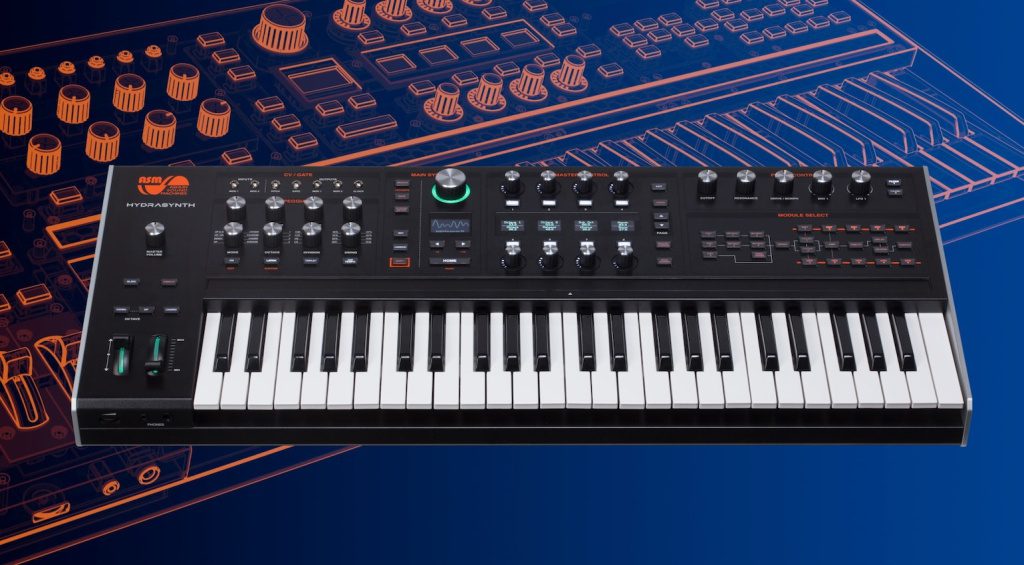
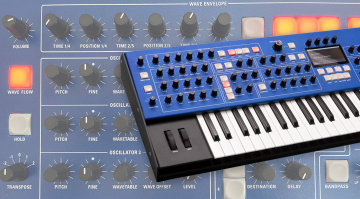

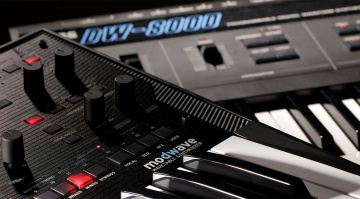
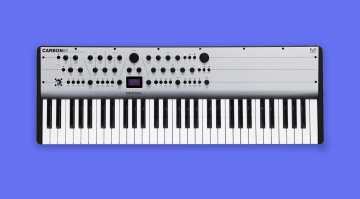
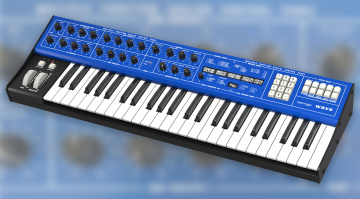
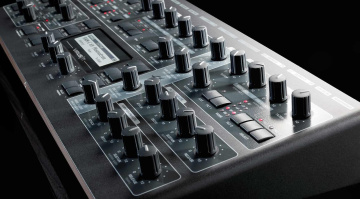
Lost of money for what things like Vital can do for free. Yes you get knobs and stuff, but fundamentally I would think these machines are likely running on Raspberry Pie and code similar to VST’s (as Korg have just released).
Shame the Fireball mangles patches, I had to send mine back!
The three budget keyboard wavetable synths here are the Hydrasynth, Modwave and Argon8, and they’re all really good. Modwave has the polyphony (32), sample/wavetable loading, 2 wavetables per osc. The Argon 8 is similar, polyphony 8, no samples, but a brilliant arp and sequencer, and the ASM has 1 wavetable each for 2 oscillators and a wave on the 3rd one, polyphonic aftertouch, 8 note poly, 5 LFOs and envelopes, complex arp but no sequencer. All 3 synths make a staggering array of different sounds, and they all do a half decent analogue impersonation too. Can’t speak for the Waldorfs, Peak/Summit etc as I haven’t used them, but the budget wavetable synths are all worth the £500 or so that the smaller versions currently cost.
I owned the Iridium 2-part multi timbral, but returned it due to audio bugs and blank screen issues, twice. Then I took the Hydrasynth mono timbral, but the sound quality felt too cheapish VST like. The Waldorf M 4-part multi timbral was my final pick and is a keeper. Never hurts my ears.
I appreciate this. While it’s true that soft synths may be able to do what any of these can do, I found this article searching for hardware, for a reason. I already stare at monitors all day. I want to work with tangible, tactile instruments at times, and give my eyes a break. I had the Waldorf Q years ago and it was tons of fun, even with its limitations.
Re-synthesis is the way forward. Think of it like wavetable, but with no limit on the wavetable length, a sampler to make the wavetable, and a very fast oscillator to reproduce it (as accurate as a 16 bit sample). Two or more sampled wavetables can be morphed into each other, meaning you could create a whole new instrument from a flute and electric guitar, for example. It should also be possible to standardize wavetables across different synth makers, and standardize the modifiers, so that a patch made on one can be played on a different synth altogether. Once these synths are available, we’ll all be throwing away the Behringer clones again, before moaning 25 years later that nobody makes analogue synths anymore. £459876 for a Behringer Poly D on Reverb, 2049. 😄
WHERE IS THE KORG MULTI/POLY IN THIS LIST???
The Multi/Poly was still two years in the future when this article was written in 2022.
You are currently viewing a placeholder content from Facebook. To access the actual content, click the button below. Please note that doing so will share data with third-party providers.
More InformationYou are currently viewing a placeholder content from Instagram. To access the actual content, click the button below. Please note that doing so will share data with third-party providers.
More InformationYou are currently viewing a placeholder content from X. To access the actual content, click the button below. Please note that doing so will share data with third-party providers.
More Information